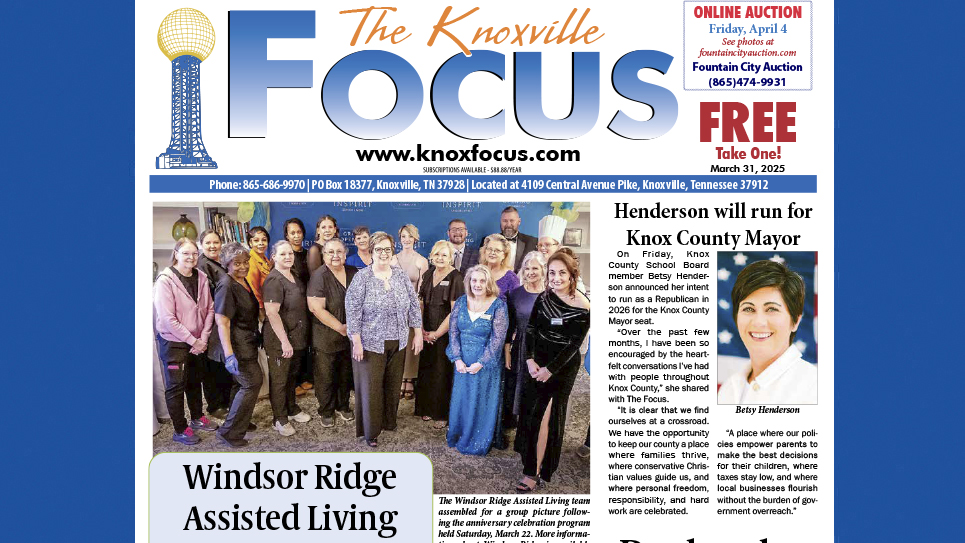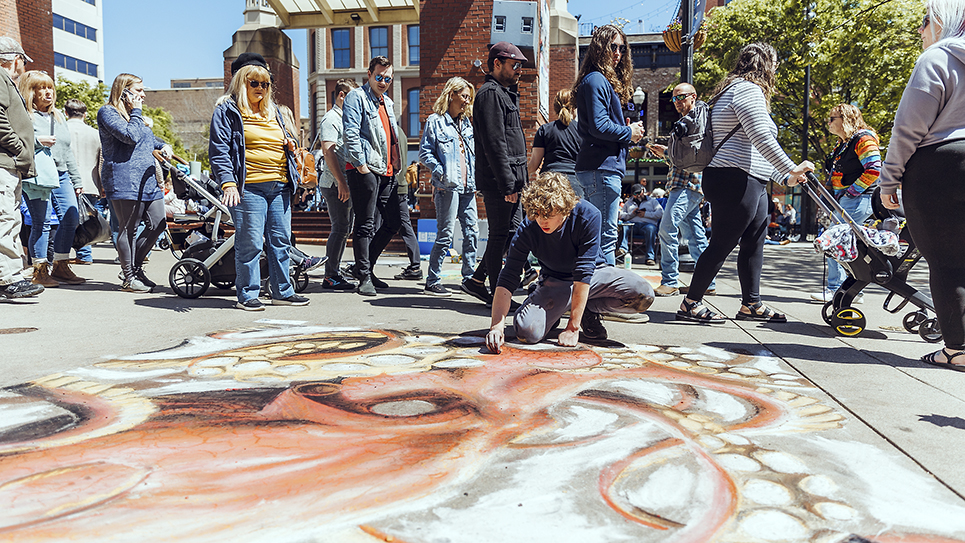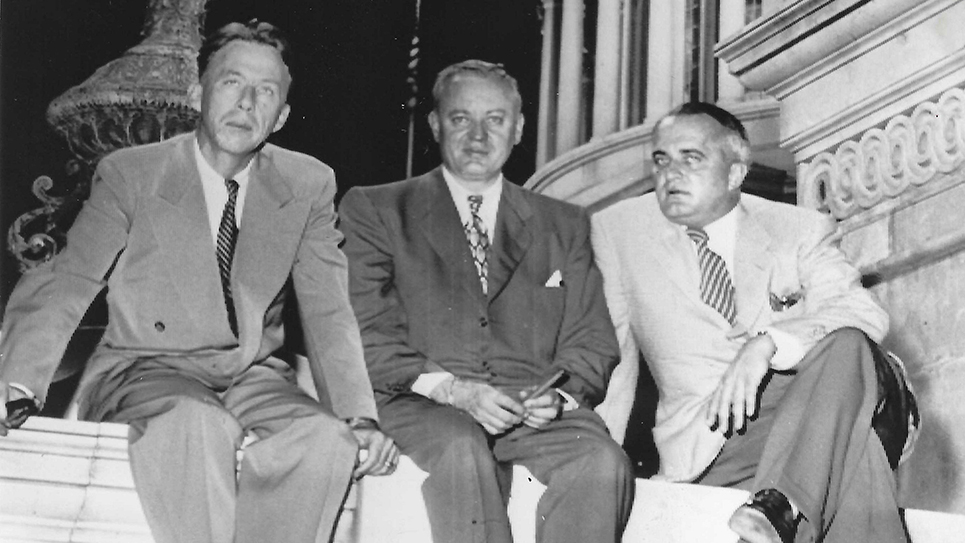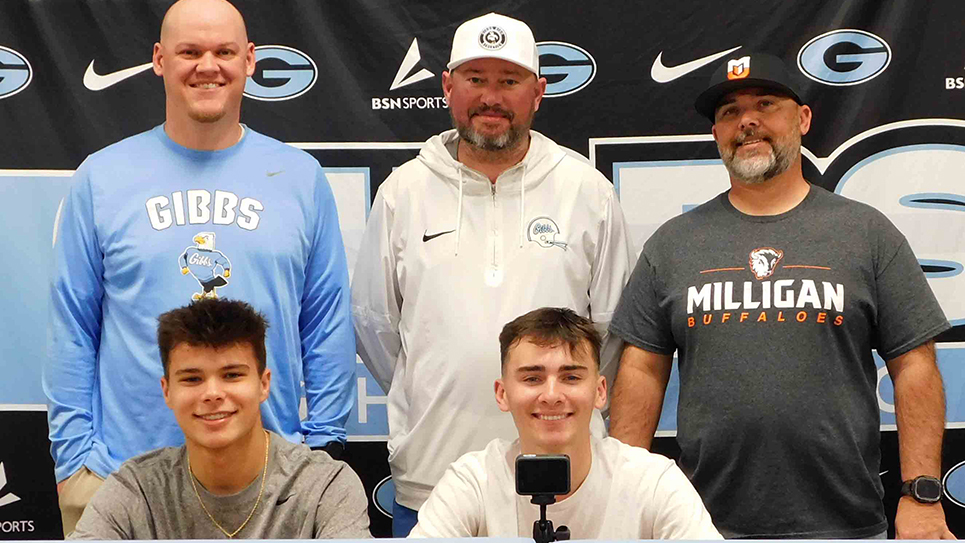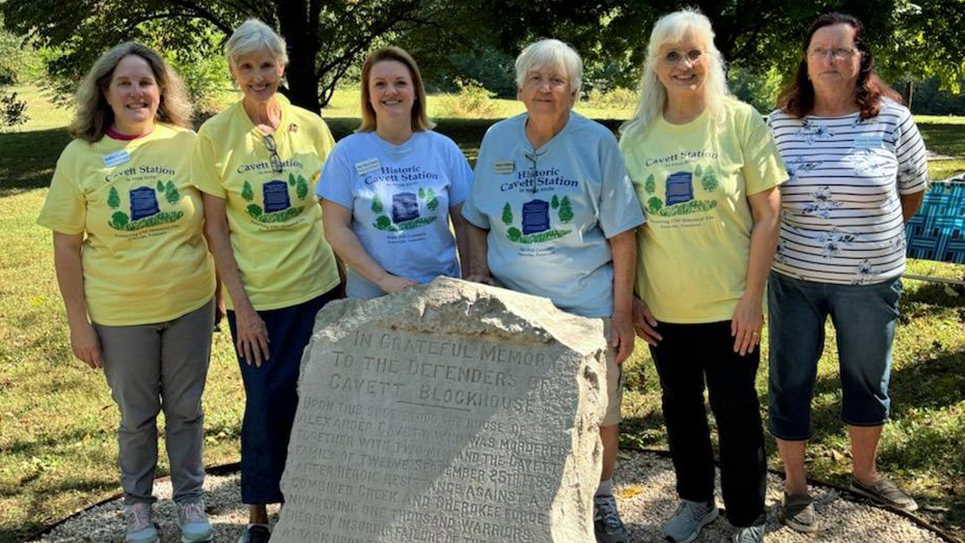A question for the ages
By Tom Mattingly
If you’re a college football fan enamored with collecting all kinds of memorabilia, you never know when you’ll find something special about your favorite team that catches your attention almost immediately. Collectors are unique individuals who instinctively know when they find something that’s worth adding to their “stuff.”
Price is no object. Thrift stores and estate sales are ready sources of memorabilia. Dr. Andy Kozar, the early 1950s Vol fullback, spent a considerable amount of time making the rounds in search of books, jerseys, and other souvenirs many other fans might dismiss out of hand. He had a special collection unrivaled in this area.
Closer to home, there is a photo on my office wall of John Majors in either Life or Look magazine from the 1956 Georgia Tech game. The full-page story was titled “Unbeaten Giants.” There’s also a Dyer Gram from that game signed by John Majors and Buddy Cruze, two of the game’s heroes.
One other significant piece of memorabilia is a June 2010 tribute I wrote for the Knoxville News Sentinel after Haywood Harris died. The title was “Memories of Vols legend, good man.”
There’s other similar “stuff” there, but you get the idea.
I also remember once talking with Jim Keller of Huntsville, Ala., who was a University of Alabama grad, Class of 1979, and Crimson Tide football zealot (and that’s putting it mildly). What he found at a Goodwill store in Santa Rosa, Fla., was really too good to pass up. While vacationing in nearby Panama City, he and his wife, Beth, were taking a spin across the countryside when the store beckoned.
The store really didn’t look like anything special, but a quick glance at one wall, behind a rack of clothes sitting on a little table, revealed an autographed football. It was complete with orange and white panels and appeared to be a keeper.
He recalled being ready to buy it immediately, but chose to take a closer look. After all, it’s not likely that a significant piece of University of Tennessee football memorabilia would find a home in a thrift store in north Florida.
Looking carefully, Keller found the names “Condredge Holloway,” “Ray Trail,” and “Bill Battle” emblazoned on the ball, affixed with a ballpoint pen.
The football, autographed by Tennessee players and coaches before or during the 1972 season, had weathered the intervening years and probably any number of owners and locations where it might have been stored and/or displayed.
That piqued his curiosity.
The total tab was $3.99 (plus tax), so it was really too good a deal to pass up. For a brief moment, he had wondered if the whole deal was legitimate. He convinced himself it was, in fact, the real thing.
“There was no doubt it was real,” he did say. “Look at the signatures. It would have taken a lot of trouble to fake it. I would’ve gone crazy had it been an Alabama ball.”
Keller wondered how and why the ball had ended up in a thrift store. That is a question for the ages.
The Vols were coming off a series of winning seasons starting in 1965, with big wins, national rankings, bowl games, and two SEC titles over that time frame.
They had defeated Penn State for the second time in as many years in the stadium’s first night game. Vol defenders allowed only 100 points over the 12-game schedule, including back-to-back shutouts at Georgia (14-0) and at home against Ole Miss (17-0).
The season concluded with a 24-17 victory over LSU in the Astro-Bluebonnet Bowl, played at Houston’s Astrodome. The crowd was nearly split equally in its loyalties and was involved in the game from start to finish.
Holloway, then a sophomore, had dazzled Vol partisans from season’s start to finish. The team finished 10-2 and No. 8 nationally. Two close losses to Auburn (10-6) and Alabama (17-10) kept the season from being even more magical than it was.
Holloway and Eddie Brown were two of the main names among the nearly 40 players whose names were easily identifiable, while Battle and assistants Gary Wyant, Bob Davis, Ray Trail, Jim Wright, Lide Huggins, Tim Priest, Wayne Stiles, and Clifton Stewart were among the coaches.
Keller said he enjoyed rummaging through “stuff” at estate and antique sales. He was “fascinated” with his find, recalling that his college roommate had been from Clarksville.
“I had always respected Tennessee,” he said. “They were always our biggest rival, sometimes even more than Auburn.”
On Keller’s trip, the highlight was an orange and white Tennessee autographed football found at a thrift store in the heart of north Florida. The pigskin caught Jim’s attention, allowing him to make an important discovery. The experience of being a fan and a collector is definitely something special. Jim Keller can attest to how special it can be.

